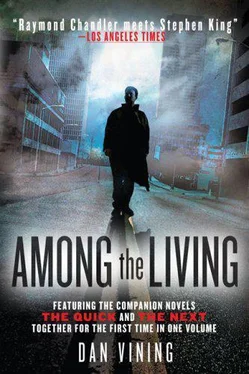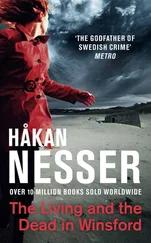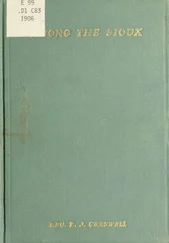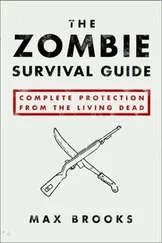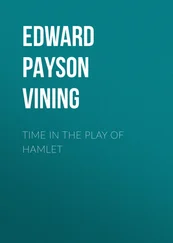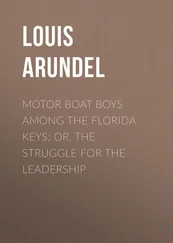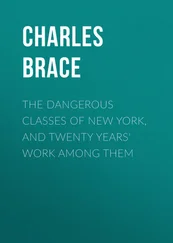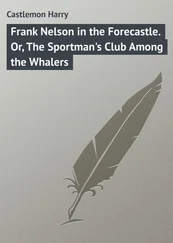She didn’t recoil like the girl on Sunset.
Jimmy opened the file.
“One Ten Rivo Alto Canal,” he said aloud.
* * *
There was a gunshot stretched over a long second and the fla sh that came with it, flaring in the white bedroom like lightning from a little localized storm. Elaine Kantke, late twenties, as pretty as a model, fell back onto the satin sheets on a circular bed, blood already leaking from the hole in her jaw.
Her silk pajama top fell open. She wore nothing else.
In the same second, a meaty blue-collar man named Bill Danko crumpled where he stood beside the bed as the same bullet which had passed through her tore away his cheek. He wore baggy suit pants and a loud shirt. There was a hi-fi on the nightstand, playing an LP.
Elaine Kantke was already dead. A second shot finished Bill Danko off, caught him in the V just above the bridge of his nose.
Jimmy wondered if they had a name for that.
He stood in front of the microfiche machine in the library at the Long Beach Press-Telegram. The killings were played up big, a four-column story and two sidebars. There were pictures of the two-story Spanish style house on Rivo Alto Canal and interior shots of the bedroom, the covered bodies, the bed, the hi-fi. There were arrows and dotted lines and X’s and hyperventilated text in the cutlines, all of it under a thirty-six point headline full wide: TWO SLAIN IN NAPLES
Jimmy put in a quarter, hit the button, pulled a copy.
On the inside slop-over page, beside the rest of the story, there was an ad for a VW bug at $1,995. He smiled as he looked at it, that old familiar shape. He pulled a copy of that, too. He rolled through another week of microfiche. Time whipped past like a dramatic effect in an old movie.
He stopped on: D.A. ARRESTED, DENIES SLAYING WIFE, MAN
After a week or two, the evidence had been assembled. You took your time when your murderer was an assistant district attorney. The case they had against Jack Kantke was only sketchy at this point, at least what was in the papers, but it was enough to arrest, enough for another banner headline.
And enough for most people to make up their minds about Jack Kantke. There he was, if you needed something more, in a shot on the steps of the downtown Criminal Courts Building, his hands cuffed in front of him, an odd half smile on his face. One side of his mouth was grinning, the other wasn’t. It was like those tragedy and comedy masks in one man.
He had short hair, shiny, combed left, a white tab collar shirt, a skinny black tie, a style more sixties than seventies. He looked a little like Jack Webb, not the face, just the gray suit and the ramrod backbone.
Or maybe Rod Serling.
They had arrested him at his office. Of course they knew where he lived — he was still living there, in the murder house on Rivo Alto Canal — and they could have done it yesterday, Sunday, when he was home, probably sitting in the sun out front, but they showed up downtown on Monday morning, came right in and walked past his secretary and opened the frosted glass door with his name in gold on it. They would have yanked him right up out of his swivel chair if he wasn’t standing already, waiting for them, for it. Everybody knew this was high drama.
On down the page were the first pictures of Jack and Elaine Kantke in, as they say, better days, alive, smiling, chic, attractive. Party people, yacht clubbers. The shots were from what used to be called the Soc section of the paper, Society. Where were the piña coladas? One shot was from some official function, the assistant D.A. and his designer wife, Jack in a tux, Elaine Kantke in a black shoulderless gown wearing a loose watch with diamonds on it and diamonds at her ears. This being Southern California, they were probably overdressed.
And then there was a pretty picture of Elaine Kantke they hadn’t used in the first go-around, a glamorous headshot with highlights in her hair and angled lighting, maybe a George Hurrell shot. It made Jimmy wonder if she’d been an actress, or had tried to be. When she smiled, at least for this, she smiled with everything. She looked young and happy and healthy. But she wasn’t anybody’s girl-next-door. She had what used to be called sophistication, not always meant as a compliment. She looked a little French. She looked like she smoked.
Jimmy tried to find something of Jean in her mother’s face but didn’t see it.
He didn’t look for Jean in Jack Kantke’s face. Jimmy didn’t like him. That didn’t take long. It wasn’t the murder so much as the hurt he’d caused a little girl.
And that he couldn’t seem to wipe the other half of that smile off his face.
Jimmy sped through to December, a year-end wrap-up, another banner headline:
1977 …
A MERGER A MURDERER A MONARCH
Cute.
* * *
Jimmy looked over at the Queen Mary across the harbor as he drove down Ocean Boulevard. He was in his Mustang, a dark green 1968 GT 390 fast-back. It was a big sky day, all blue except for a few clouds trying to build into something out over the shipping channel. The Catalina boat cruised toward the end of the breakwater, white as a wedding cake in the clear light.
Long Beach changed block by block, sometimes cleaned-up and rich and then the next street tired, sad, sorry. In one block, it’d be bright white BMW convertibles with blue tops, like they were little ski boats. The next block, left-behind grocery carts. Jimmy couldn’t get the pictures of the murders out of his head. It was always like this. It always came to life right in front of him and stayed there until it was over. Death came to life. Funny. He tried to find something on the radio to splash a little light his way but it was all talk, talk about money and violence. When he was working, the world seemed made up of nothing but grief and greed and malice. Maybe it set him up to do the job, to see what he had to see, to go where he always had to go. He didn’t like it, but when he wasn’t on a case, there was something in him that missed it, wanted it. It put him at risk, body and soul, and there was something in him that wanted that because it made him feel more alive.
A narrow thirties-era concrete bridge humped up and over a twenty-foot-wide canal into the “Naples” area of Long Beach. That was what the real estate people called it, since the thirties when it was thought up and built, ten or twelve short blocks of big houses on narrow lots on finger canals, sailboats and harbor cruisers tied up in their “front yards.” No abandoned grocery carts here.
Jimmy cruised down a skinny one-way lane. The houses had garages opening in the back onto the alley. It was a Monday but the neighborhood had more signs of life than most moneyed L.A. neighborhoods in the middle of the afternoon on a weekday. The people who lived here now were retired people or widows or people married to widows. You got a coffee and went by the broker’s office in the village around ten, read the Times outside somewhere and then killed a couple hours before a late lunch. If you had a wife, she laid out your clothes on the bed in the morning, the bright slacks, the knit shirts, and sometimes they matched hers. You stayed away or out in the yard cutting back the bougainvillea long enough to keep her happy. The first drink of the day usually came at about four, unless you counted lunch.
There wasn’t a 110 Rivo Alto Canal anymore. The ceramic plaques on the garages skipped from one oh eight to one twelve, probably more out of respect for property values than for the dead.
But there was the house.
Spanish-style, two-story, fading pink. It looked abandoned. Could it have sat empty all these years? Jimmy parked where the intersecting street dead-ended at the canal. Across the lane of water, a man hosed off a twenty-two-foot day-sailer. He was close enough to say something friendly, but didn’t. A gull wheeled and dropped, threatening to land. The man flicked the hose in its direction.
Читать дальше
